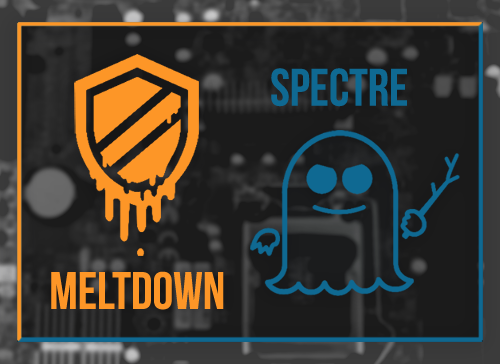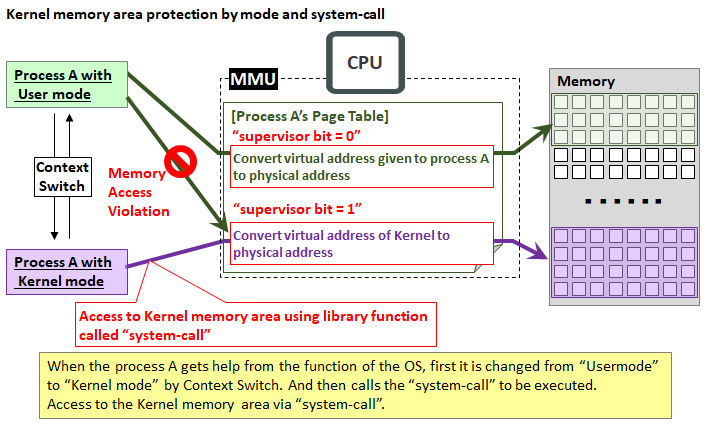
To apply the mitigation on servers, enable the mitigation via the following registry key process to enable the fix: They require protection from untrusted process to another process or from untrusted process to kernel attacks. Physical hosts or VMs that run untrusted code such as containers or untrusted extensions for database, untrusted web content, or workloads that run code provided by external sources.Remote Desktop Services Hosts (RDSHs), which require protection from one session to another session or from session to host attacks.Hyper-V hosts, which require protection for virtual machine (VM) to VM and VM to host attacks.As noted in the Microsoft security advisory, the following are most at risk: Windows patches for Rogue Data Caches are enabled by default for workstations but not on servers.
Specter meltdown Patch#
Patch these vulnerabilities using the same process for the two vulnerabilities described above. This Meltdown vulnerability preys on systems with microprocessors that use speculative execution and indirect branch prediction. If you have machines that will not receive an update, you will need to review the risk they present.

Specter meltdown update#
Next, review the Intel Microcode update page to determine what updates you need for your hardware. You can use various scripts or PowerShell to do this. Inventory your systems to determine what hardware is installed on your machines.

Specter meltdown install#
To enable this update you need to install firmware updates as well as any Microsoft software update released since March 2018. That’s why many of these updates are not enabled by default for server operating systems and you need to manually enable the mitigation. Also, be aware that many of these patches impact performance of the machine. If you do not have both pieces, you will not be fully protected. The fixes to prevent these vulnerabilities include a software patch from Microsoft and a hardware BIOS or firmware update. Below is a summary of the Common Vulnerability and Exposures (CVEs) representing side channel vulnerabilities known as this time and advice on deploying Microsoft’s patches for them. Microsoft has previously released patches for Windows to mitigate the risk of earlier Spectre and Meltdown vulnerabilities, and it has recently added patches for the new vulnerabilities. Spectre and Meltdown impact AMD, ARM, Nvidia and Intel processors and prey on technologies designed to speed up computers.Īlthough there are no known exploits of the earlier or new Spectre and Meltdown vulnerabilities, each has the potential to expose sensitive data. To recap why these vulnerabilities are dangerous, both can allow hackers to access data from a computer’s memory using side channels, circumventing protective mechanisms.


Spectre and Meltdown pointed out the need to proactively patch firmware. Then on June 13, 2018, Intel released a security advisory on the Lazy FP State Restore vulnerability, CVE-2018-3665, involving side channel speculative execution. The customer risk from both disclosures is low. On May 21, 2018, Google Project Zero (GPZ), Microsoft and Intel disclosed two new Spectre- and Meltdown-related chip vulnerabilities: Speculative Store Bypass (SSB) and Rogue System Registry Read.


 0 kommentar(er)
0 kommentar(er)
